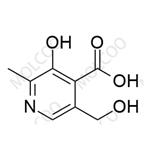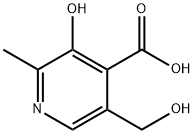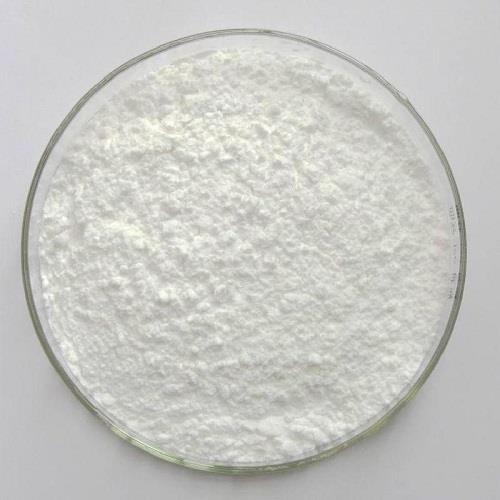What is 4-Pyridoxic acid?
4-Pyridoxic acid is the catabolic product of vitamin B6 (also known as pyridoxine, pyridoxal and pyradoxamine) which is excreted in the urine. Urinary levels of 4-pyridoxic acid are lower in females than in males and will be reduced in persons with riboflavin deficiency.
4-Pyridoxic acid is formed by the action of aldehyde oxidase I (an endogenous enzyme) and by microbial enzymes (pyridoxal 4-dehydrogenase), an NAD-dependent aldehyde dehydrogenase. 4-pyridoxic acid can be further broken down by the gut microflora via 4-pyridoxic acid dehydrogenase. This enzyme catalyzes the four electron oxidation of 4-pyridoxic acid to 3-hydroxy-2-methylpyridine-4,5-dicarboxylate, using nicotinamide adenine dinucleotide as a cofactor.
Uses
4-Pyridoxic acid (4 PA) is the end product of vitamin B6 catabolism. 4 PA can be measured in serum, plasma, or urine and reflects recent intake. PLP and the B6 vitamers are most commonly measured by HPLC using fluorescence detection. Chemical derivatization (sample, online, or postcolumn) is almost always used to enhance PLP fluorescence. HPLC-MS/MS methods for measuring B6 vitamers are emerging. Plasma PLP can also be measured enzymatically, either by radioactive or nonradioactive assays.
You may like
See also
Lastest Price from 4-Pyridoxic acid manufacturers

US $3.00-9.00/KG2025-06-21
- CAS:
- 82-82-6
- Min. Order:
- 0.01KG
- Purity:
- 99%
- Supply Ability:
- g-kg-tons, free sample is available

US $0.00-0.00/mg2025-04-18
- CAS:
- 82-82-6
- Min. Order:
- 10mg
- Purity:
- 95
- Supply Ability:
- 100000

